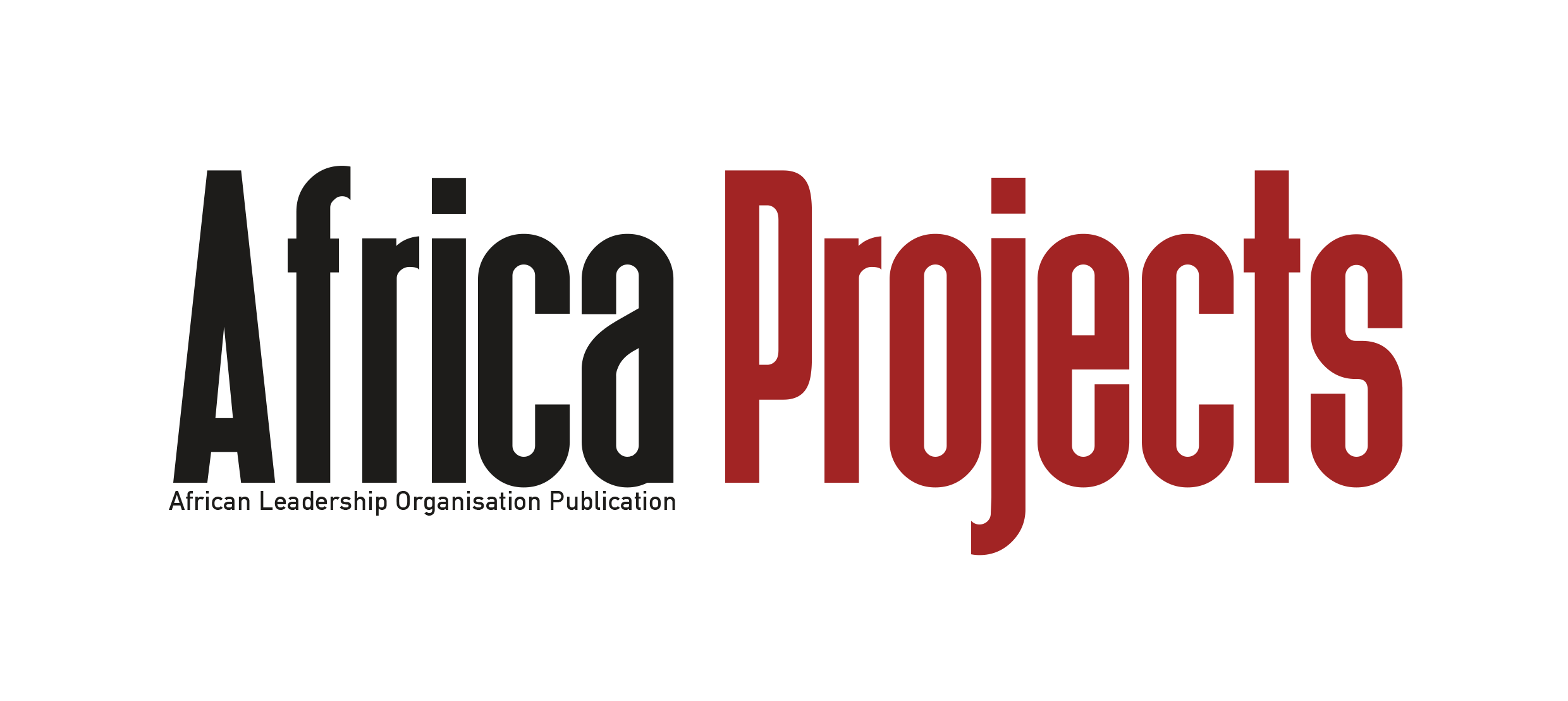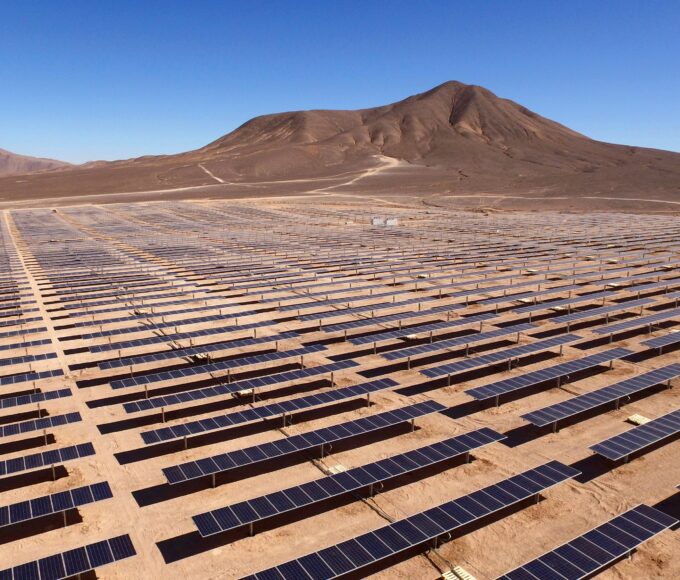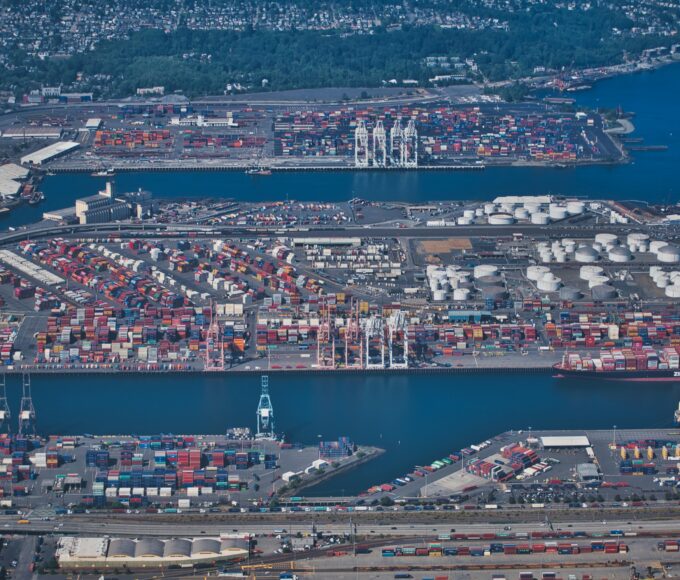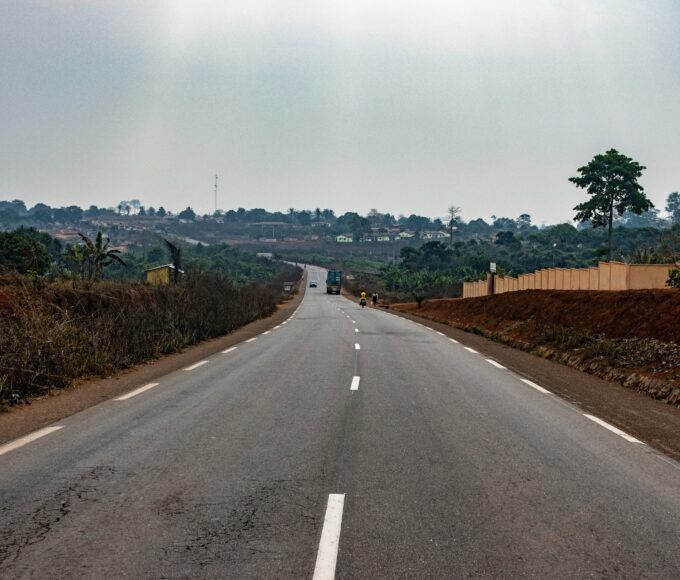- Home
- Features
- Startup Zone
- Projects
- Policies
- Shop
- Policies
- Projects
- Startup Zone
- Country Spotlight
- Analysis
- Tech
- Policies
- Projects
- Startup Zone
- Country Spotlight
- Analysis
- More
- Beyond the Kalashnikov: Africa’s Shift Toward Technology-Driven Warfare
- Afrail Express: Uniting a Continent on Rails
- AFRICA’S ENERGY CORRIDORS: CONNECTING POWER, PEOPLE, AND PROSPERITY
- Startup Lions Campus: Empowering Kenya’s Digital Generation
- L’Art de Vivre’s Le Paradis de Mahdia: Tunisia’s Model for Sustainable Luxury
- The Lobito Corridor: Rewiring Africa’s Trade Arteries Through Strategic Infrastructure
- AFRICA’S GREEN ENERGY TRANSITION: A BEACON OF HOPE FOR CLIMATE ACTION
- Dangote Refinery: Showcasing Africa’s Project Success Story
- AFRICA GREEN ECONOMY: ALL YOU NEED TO KNOW
- The Most Important Amicus Brief in the History of the World
- The Rise of Indigenous UAVs: Africa’s Drone Capabilities in Warfare and Surveillance
- AFRICA’S LARGEST OIL PRODUCERS: A COMPREHENSIVE OVERVIEW
- Beyond the Kalashnikov: Africa’s Shift Toward Technology-Driven Warfare
- Afrail Express: Uniting a Continent on Rails
- AFRICA’S ENERGY CORRIDORS: CONNECTING POWER, PEOPLE, AND PROSPERITY
- Startup Lions Campus: Empowering Kenya’s Digital Generation
- L’Art de Vivre’s Le Paradis de Mahdia: Tunisia’s Model for Sustainable Luxury
- The Lobito Corridor: Rewiring Africa’s Trade Arteries Through Strategic Infrastructure
- AFRICA’S GREEN ENERGY TRANSITION: A BEACON OF HOPE FOR CLIMATE ACTION
- Dangote Refinery: Showcasing Africa’s Project Success Story
- AFRICA GREEN ECONOMY: ALL YOU NEED TO KNOW
- The Most Important Amicus Brief in the History of the World
- The Rise of Indigenous UAVs: Africa’s Drone Capabilities in Warfare and Surveillance
- AFRICA’S LARGEST OIL PRODUCERS: A COMPREHENSIVE OVERVIEW
- Beyond the Kalashnikov: Africa’s Shift Toward Technology-Driven Warfare
- Afrail Express: Uniting a Continent on Rails
- AFRICA’S ENERGY CORRIDORS: CONNECTING POWER, PEOPLE, AND PROSPERITY
- Startup Lions Campus: Empowering Kenya’s Digital Generation
- L’Art de Vivre’s Le Paradis de Mahdia: Tunisia’s Model for Sustainable Luxury
- The Lobito Corridor: Rewiring Africa’s Trade Arteries Through Strategic Infrastructure
- Startup Zone
Top Insights
How China Is Reshaping Africa’s Infrastructure Landscape
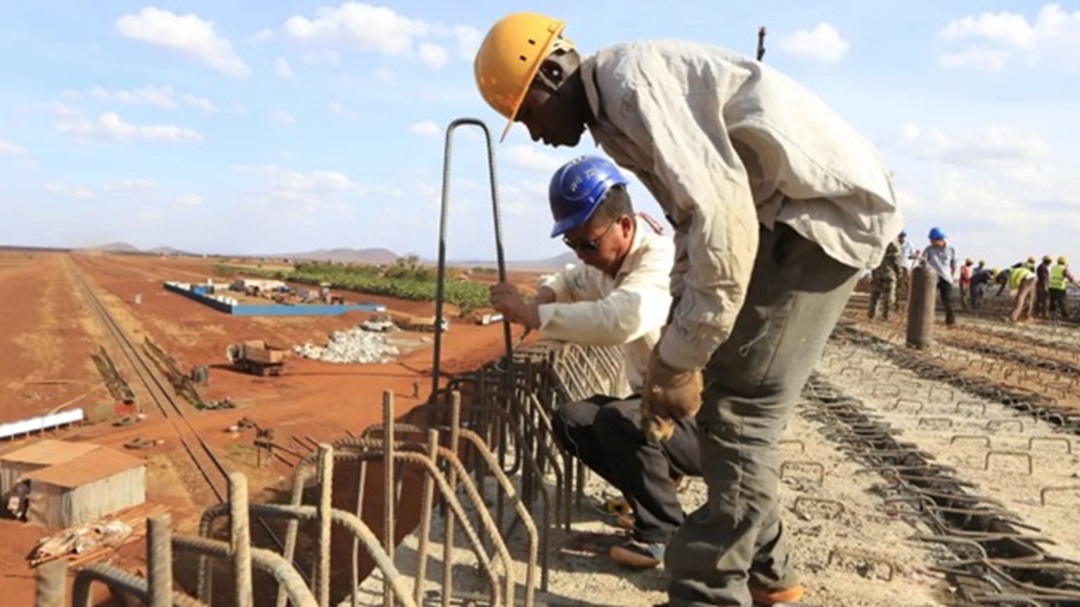
In the past two decades, China’s influence in Africa, particularly in the infrastructure sector, has transformed the continent’s development landscape. With billions of dollars extended in loans and investments, Chinese financial institutions have become key players in shaping Africa’s infrastructure. This article delves into the dynamics of this engagement and examines the implications of China’s financial involvement in African countries.
The Scale of Chinese Investment
China has emerged as Africa’s largest trading partner, with trade reaching over $200 billion in 2021, and is one of the continent’s most significant sources of foreign investment. A major component of this relationship is the considerable lending provided by Chinese policy banks, such as the China Exim Bank and the China Development Bank. These banks have played a vital role in financing large infrastructure projects, which include roads, railways, energy production facilities, and digital infrastructure, addressing the continent’s pressing infrastructure deficits.
READ ALSO: The Lobito Corridor: Rewiring Africa’s Trade Arteries Through Strategic Infrastructure
For instance, China’s commitment in 2007 amounted to $4.5 billion, and total financial flow from Chinese sources to Africa reportedly reached an astonishing $148 billion between 2000 and 2019, with infrastructure, energy, and mining projects at the forefront. This financial influx has been fundamental in addressing the infrastructural deficit estimated to be around $100 billion annually in Africa.
The Belt and Road Initiative and Its Implementation in Africa
The Belt and Road Initiative (BRI) launched by China in 2013 has further intensified the momentum of infrastructure development in Africa. By promoting connectivity and cooperation between Asia, Europe, and Africa, the BRI aims to enhance trade and stimulate economic growth. The initiative has led to significant investments in railways, highways, ports, and energy projects across the continent.
Key projects include the Nairobi-Mombasa railway in Kenya, which has enhanced transportation efficiency, and the Addis Ababa-Djibouti Railway, which has facilitated trade between landlocked Ethiopia and the coast. The dual carriageway projects and the development of industrial parks have also shown a commitment towards integrating African economies into the global supply chain.
Shifts in China’s Financial Landscape
Over the past decade, China’s approach to financing in Africa has evolved significantly. Traditionally dominated by policy banks, a new trend has emerged with increased participation from commercial banks and private enterprises. The diversification of funding sources now includes state-owned commercial banks like the Industrial and Commercial Bank of China (ICBC) and large private companies such as Huawei, which intersect with public and private interests.
From 2015 to 2021, loans from non-policy bank commercial creditors amounted to approximately $55 billion, representing over one-third of the total Chinese lending in that period. This diversification is indicative of a shift towards more market-oriented financing, with parameters favouring profitability and faster approvals.
The Role of Policy Banks
Chinese policy banks continue to play a significant role in contributing to Africa’s infrastructure financing landscape. Institutions like the China Exim Bank provide a variety of financial instruments, including concessional loans with low interest rates. Typically, these banks are seen as the cornerstone of China’s foreign investment strategy, helping to build major roads, bridges, and other essential infrastructure.
However, the financing process with policy banks can be time-consuming, necessitating extensive screening by various Chinese ministries and the State Council. Consequently, governments seeking quick resolutions often turn to commercial creditors, as these channels tend to facilitate faster and more straightforward financing options.
Fast and Flexible Financing from Commercial Creditors
The entry of commercial creditors has diversified the funding landscape in Africa. These financial entities are perceived as faster and less bureaucratic, often completing financing agreements within a shorter period. This agility enables them to meet urgent infrastructure demands or rapidly respond to governmental needs.
However, the flexibility comes with certain caveats. Loans from commercial creditors tend to be more expensive than those from policy banks, with higher interest rates and shorter repayment terms. Additionally, commercial lenders often demand risk mitigation mechanisms like sovereign guarantees, increasing the overall financial burden on borrowing countries.
For example, in the Rural Electrification Northern Region Project in Ghana, delays associated with policy bank financing forced contractors to seek alternative financing sources, leading to engagement with ICBC for faster access to funds.
Implications for Debt Management
The increasing prominence of commercial creditors introduces complexities to debt management and restructuring for countries already grappling with high debt levels. Many African nations, including Zambia and Ghana, face mounting obligations to their creditors, exacerbated by the rising costs associated with commercial loans.
The fragmented nature of Chinese financing sources complicates negotiations for debt restructuring as different creditors have dissimilar expectations and terms. The recent debt crises in several African nations reveal the difficulties faced in dealing with a diverse array of creditors, particularly when commercial lenders, motivated primarily by profit, set rigid terms for debt relief.
In Zambia, for instance, the presence of varied Chinese creditors resulted in a convoluted debt restructuring process, revealing the challenges of aligning interests and achieving comparability of treatment across different lending entities.
Impact on Land Use and Environmental Concerns
While China’s infrastructure investment has brought positive economic implications, it has also contributed to land use transformations and environmental degradation. Studies have shown that Chinese development projects have led to significant shifts in land cover, transitioning areas from natural landscapes to artificial surfaces. The emphasis on constructing urban infrastructure has correspondingly contributed to urbanisation across the continent.
Research utilising satellite observation and project tracking illustrates that regions with Chinese-funded initiatives have undergone notable changes, including deforestation, habitat disruption, and displacement of communities. Critics argue that these projects often lack strict environmental safeguards, raising concerns over sustainability.
Conversely, proponents of China’s involvement argue that its non-interference policy provides African nations with more flexibility to prioritise development according to their own goals, allowing for tailored projects that align with national priorities.
The Future of Chinese Financing in Africa
As the dynamics of international finance continue to evolve post-COVID-19, the future of Chinese engagement in Africa will depend on several factors. Recent forums and discussions reveal a trend towards a more market-oriented approach with increased involvement of private sector financing.
This transition reflects a significant shift in China’s policy landscape, as encouraging private investments and partnerships has become a prime objective. In response to the growing financial challenges experienced by many African governments, Chinese financiers are likely to explore innovative methods of addressing risk while ensuring project bankability.
However, the contracting availability of traditional risk mitigation tools could pose challenges for commercial creditors. Increased collaboration with local institutional investors and international banks is becoming a recurring strategy to address these financial constraints, as seen in co-financing arrangements in major infrastructure projects.
China’s influence is reshaping Africa’s infrastructure landscape in profound ways. The combination of extensive financial resources coupled with strategic investments is facilitating significant developments across the continent.
Yet, the increased diversification of financing sources introduces both opportunities and challenges as African nations navigate the complexities of debt management, environmental sustainability, and socio-economic outcomes. Going forward, fostering partnerships, encouraging market-oriented approaches that align with local priorities, and embracing sustainable development principles will be key to leveraging China’s role for the benefit of African nations.
As Africa strives for economic growth and infrastructural development, the long-term impacts of Chinese investments will continue to resonate, necessitating smart governance and collaboration among stakeholders to ensure a holistic approach that benefits both partners in this evolving dynamic.
Recent Posts
Related Articles
Africa’s Aviation Industry: Can It Compete Globally?
Africa, often called the next frontier for economic growth, is poised for...
ByafricaprojectSeptember 26, 2025Solving Africa’s Renewable Energy Intermittency: Storage Innovations
The move to renewable energy in Africa is crucial, given the rising...
ByafricaprojectSeptember 17, 2025Mega Ports and Maritime Expansion: Africa’s Gateway to Global Trade
As Africa stands on the precipice of economic transformation, its port infrastructure...
ByafricaprojectSeptember 8, 2025The Cost of Poor Roads: How Infrastructure Deficits Hurt Africa’s Economy
Africa is poised for economic growth and prosperity, yet a significant barrier...
ByafricaprojectSeptember 5, 2025